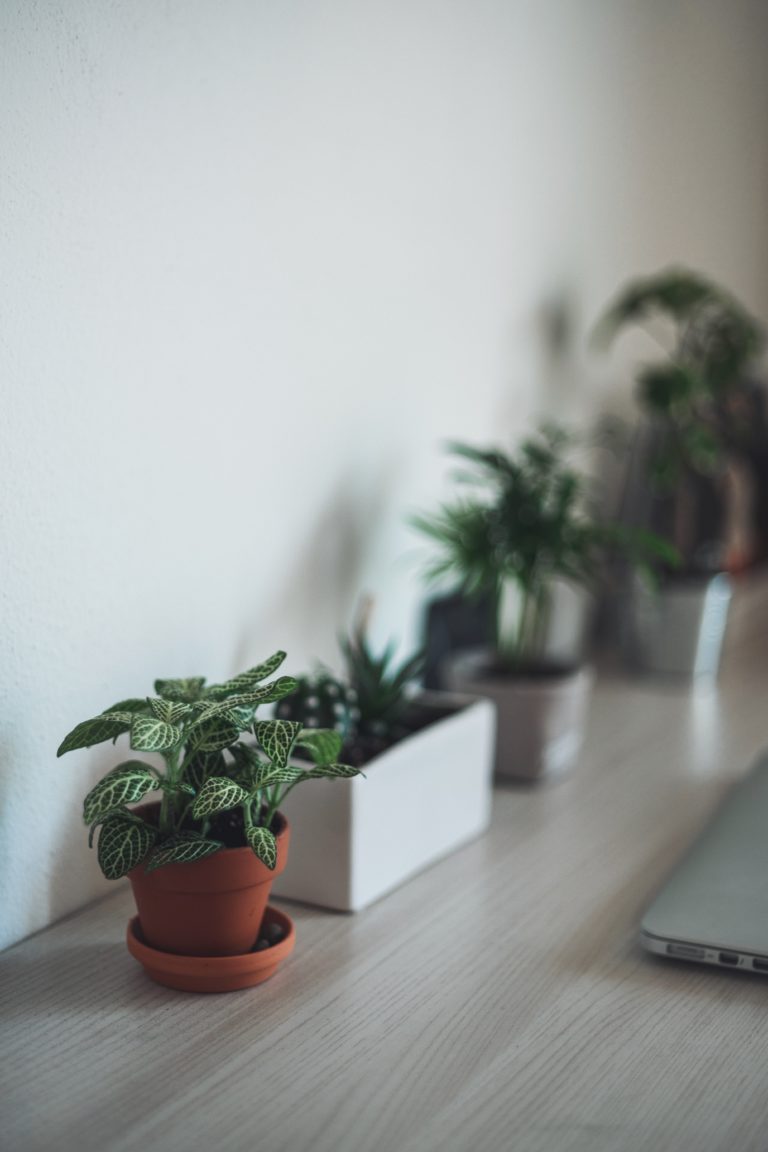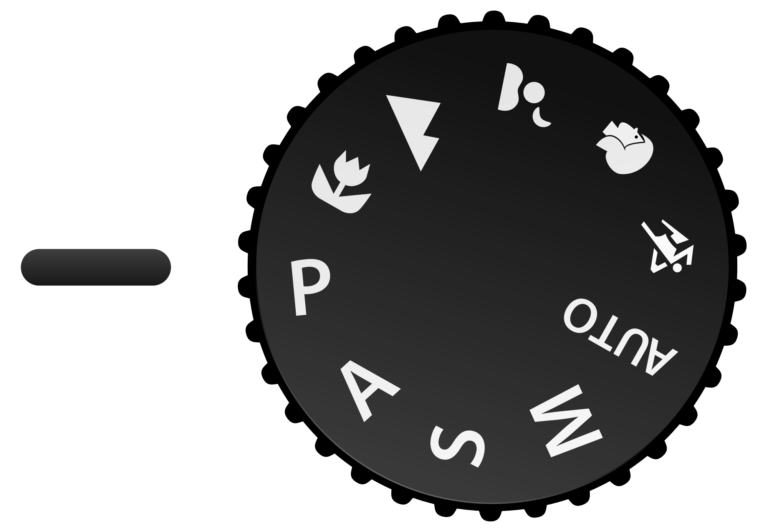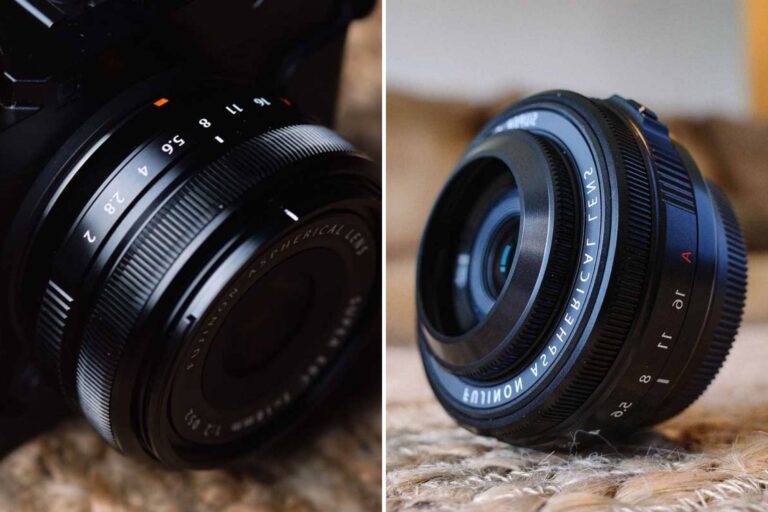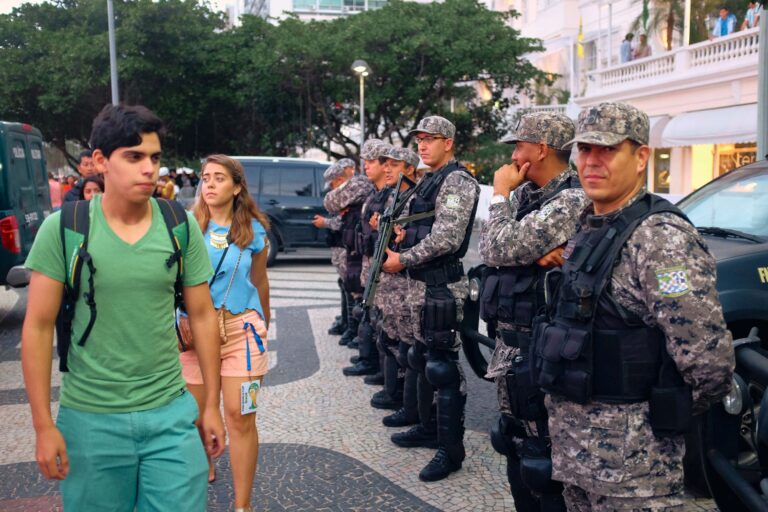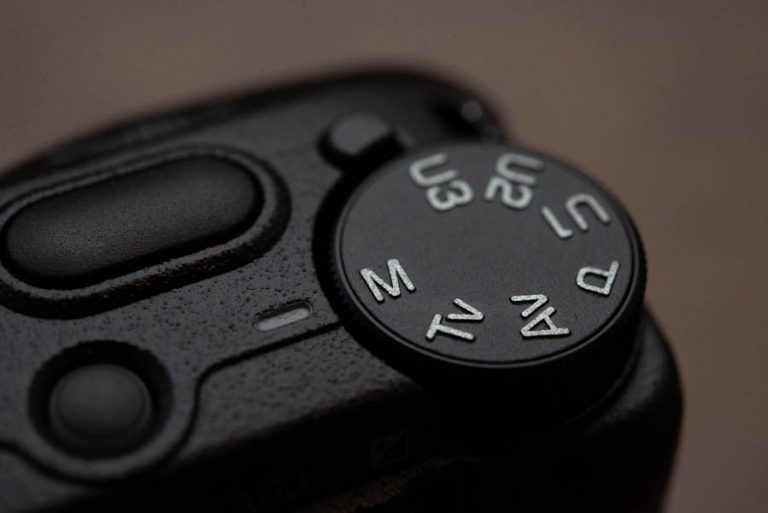5 Street Photography Techniques for More Decisive Sessions

I think as street photographers we’ve all had those sessions where nothing really stands out worth photographing. For me at least, that feeling can come from being overwhelmed by choice. There are so many things to photograph that finding something that sticks out amongst them just seems like a chore and my brain just shuts off the idea completely.
There’s never a perfect solution, but having some sort of game plan (for lack of a better term), has helped me hone in on scenes I think would make for good photos. By that, I mean having a few go-to street photography techniques that I can always count on.
There are many street photography techniques, and there are no right or wrong ways of going about it. But here are a few that I have used to get the ball rolling when I’m out photographing.
1) The “Hunting” Technique

The “hunting” technique, if you’re unfamiliar with it, is essentially simply walking and staying on the move and taking photos that you find interesting along the way. It can be an exciting approach, as you don’t have to wait around in one place waiting for someone to enter a frame you’ve lined up. This method is all about walking, exploring, and keeping an eye out for anything that piques your interest.
You’re not just waiting for a scene to unfold; you’re actively seeking it. As you roam the streets, you might find yourself capturing shots on the go, sometimes without even stopping to deliberately compose your shots. It’s about seizing the moment as it happens, which often results in unique, candid shots that are full of life and spontaneity.
The unpredictability of the hunting technique is part of the charm – you never know what you’re going to encounter next. This street photography technique keeps you alert and ready, giving a sense of discovery.
However, with the hunting method, there’s a trade-off. The lack of control over backgrounds and compositions can be a challenge. Since you’re often moving and reacting to the environment, there’s little time to think much about your composition. This can lead to busy/messy backgrounds, which might distract from your subjects and composition. Your compositions may not always be as polished or deliberate as in other styles of street photography, which is not necessarily a problem if you like this look.
Despite these challenges, the hunting technique remains a favorite for many street photographers, and I think it’s natural for beginner street photographers to shoot like this. In a sense, it’s a great way to embrace the imperfections of the street and find beauty in the chaos of everyday life.
Personally, I use this technique infrequently now, but you may find that it suits your style.
2) The “Fishing” Technique

The “fishing” technique in street photography offers a stark contrast to the hunting approach. This method is more about patience and anticipation. Instead of constantly roaming the streets, you find a spot with an interesting scene or background and wait there. It’s like setting a stage and waiting for the actors to walk into the frame.
The idea is to let the subjects come to you, entering the frame naturally. This approach allows for more deliberate composition. You have the time to frame your shot, considering the elements of the scene, and then wait for subjects to enter the frame.
One of the significant advantages of the fishing technique is the control it offers over the background and composition of your photos. Since you’re stationary and have chosen your scene in advance, you can compose a shot with a clear focus and without unwanted distractions. This method can lead to more thoughtfully composed images, where every element in the frame is there for a reason.
Being stationary also increases your chances of capturing sharp street photography images with less motion blur. Since you’re not moving, it’s easier to keep your camera steady while photographing. This stability is particularly beneficial in low-light conditions.
However, the fishing technique requires patience. You might wait a long time for the perfect subject to enter your frame, and there’s no guarantee that a compelling moment will unfold. But when it does, the result can be a meticulously crafted and visually appealing composition. It takes a lot of patience, but it can really pay off when it works.
3) Hunting + Fishing Hybrid

I haven’t heard many street photographers talk about combining the hunting and fishing styles, but I’m sure most street photographers do it to some extent. The hunting + fishing hybrid technique in street photography is a blend that combines both approaches, offering a unique and flexible style. This hybrid method is particularly appealing for its balance and adaptability, combining the proactive exploration of hunting with the patient observation of fishing. It’s a technique I prefer, as it aligns well with my approach to photography.
Here’s how it works: I start off with the hunting aspect, walking and exploring the streets with my street photograph camera of choice, keeping an eye out for interesting scenes or subjects. The journey is part of the process, looking for that spark of inspiration in the everyday hustle of city life. Unlike pure hunting, where the focus is on capturing moments on the go, once I find a scene or subject that draws my attention, I switch to the fishing mode.
In this second phase, I usually identify a stationary subject that catches my eye and position them within my frame. They could be in the foreground, background, or the middle ground. The key here is that this subject becomes a constant element in my composition. Once they are positioned, I wait for other subjects to move into the frame, creating a dynamic interaction within a thoughtfully composed background.
I might work a scene for a while if it’s particularly promising, but often, I only stay for a few minutes. This flexibility is what makes the hybrid technique so effective. I don’t commit too long to one spot, which keeps my street photography sessions dynamic and varied, but I also allow myself the opportunity to create more considered compositions than I might capture with pure hunting.
One thing I like about this technique is that you don’t have to stick around for very long in one spot, which can attract attention from subjects who start to wonder what the hell you’re doing when using a purer fishing style.
This street photography technique provides the chance to capture spontaneous, candid moments while also allowing for more control over the composition and background. It’s a method that suits a photographer who enjoys the thrill of the hunt but also appreciates the art of patiently crafting a scene.
4) Incorporating Layers in Your Composition

Incorporating layers into street photography compositions is a technique that adds depth, complexity, and dynamism to your photos. My favorite street photographers make masterful use of layers. It’s about creating a visual journey within a single frame, guiding the viewer’s eye through various elements of the scene. By thinking in terms of layers, both from front to back (foreground, middle ground, background) and laterally (from left to right), you can craft compositions that are rich and engaging.
When creating layers, the positioning of each element is important. I try to arrange subjects so that they overlap as little as possible. This separation helps each element stand out, allowing the viewer to appreciate the scene in its entirety. Each layer acts as a distinct part of the story you’re telling, with its own subject or subjects contributing to the overall narrative.
A powerful aspect of layered compositions is the sense of movement they can convey. For instance, having a subject in one layer looking towards the edge of the frame while other subjects, in different layers, are positioned to look towards the camera or in another direction. Such arrangements create a dynamic interplay between the subjects, suggesting various narratives and interactions within the same shot.
This approach to layering is especially effective in street photography, where the environment is constantly changing, and multiple stories are unfolding simultaneously. By carefully composing these layers, you document the chaos, rhythm, and life of the street – in a way that’s both aesthetically pleasing and narratively compelling.
Layering is not just about placing subjects in a frame; it’s about understanding the relationships between these subjects, the space they occupy, and how they interact with each other and their environment. It’s an approach that requires patience, practice, and an eye for detail, but the result is a kind of visual poetry that brings the streets to life in your photographs.
5) Find Good Light

Finding good light is a fundamental aspect of street photography, often making the difference between an ordinary photo and a great one. The quality of light not only affects the look and contrast of your images but also sets the mood and atmosphere. While I don’t think nice light is absolutely necessary to make great street photos (for street photography at night, in particular, the light won’t be great), understanding and harnessing light will definitely make for more striking images.
I particularly enjoy working with lateral light – light that comes from the side. This type of lighting can add depth and texture to your images, creating shadows that give a sense of dimensionality to your subjects. It highlights contours and shapes, and I like the contrast that creates.
Seeking out pockets of light is a technique that I employ frequently. In a street setting, you’ll often find areas of light surrounded by shadow. Positioning your subjects in these pockets of light can create a dramatic effect, making them stand out and drawing the viewer’s attention to them.
While I tend to avoid backlighting, lighting preferences are subjective. Some photographers may find backlighting creates interesting silhouettes or a particular mood they’re after. The key is to experiment and find what resonates with your personal style.
Ultimately, good street photography involves being conscious of the lighting conditions and deliberately seeking out the types of light that align with your vision. Whether it’s the golden hour glow or the stark contrasts of midday, understanding and using light effectively can transform your street photography. Knowing what types of light that resonate with you will help you know what to look for.
Last Thoughts on Street Photography Techniques
Mastering street photography is about finding and honing the techniques that resonate with your unique vision. Whether it’s the dynamic ‘hunting’ approach, the patient ‘fishing’ method, a combination of the two, the art of layering, or the pursuit of the perfect light, each technique offers avenues to create compelling street scenes.
The key to creating photography you’re proud of lies in understanding these techniques and applying them in a way that aligns with your personal style and goals. By experimenting with different approaches, you’ll discover what works best for you. Maybe you thrive on the energy and spontaneity of hunting, or perhaps you find the thoughtful composition of fishing more rewarding. Perhaps the hybrid approach suits your adaptive style, or the intricate dance of light and shadow is what excites you most.
There’s no one-size-fits-all in street photography. It’s a journey of continuous learning and adaptation. Each street photography technique I’ve laid out offers a unique lens (pun intended) through which to view and capture the world. The hunting and fishing techniques, with their distinct approaches, teach us to be both proactive and patient. The hybrid approach encourages flexibility, while layering adds depth and narrative to photos. And, of course, understanding light is fundamental to not just street photography but photography in general.
By embracing these techniques and making them your own, you set the stage for creating not just photographs, but stories that resonate and connect. Street photography is as much about the photographer’s perspective as it is about the subject. So, go out there, explore with your camera, and create the kind of photography that not only captures moments but also truly reflects your vision and passion. It’s through this personal expression that you’ll find the most satisfaction and pride in your work.
For more writing like this, I also put together a piece on my tips for street photography that I’ve learned throughout the years.

